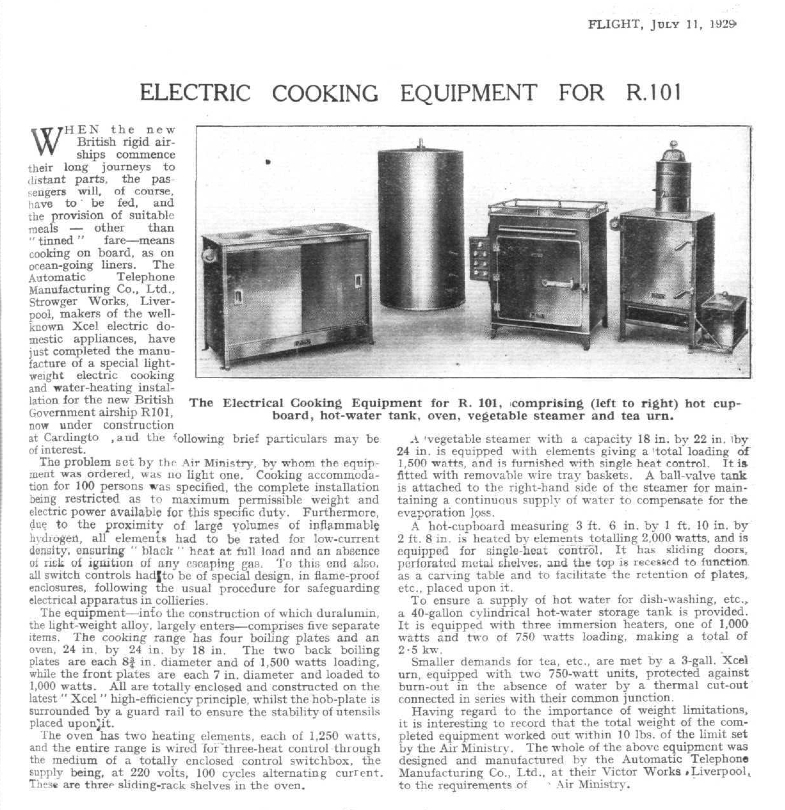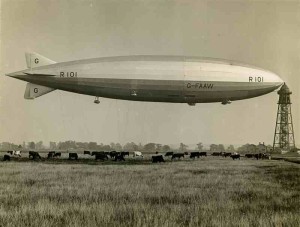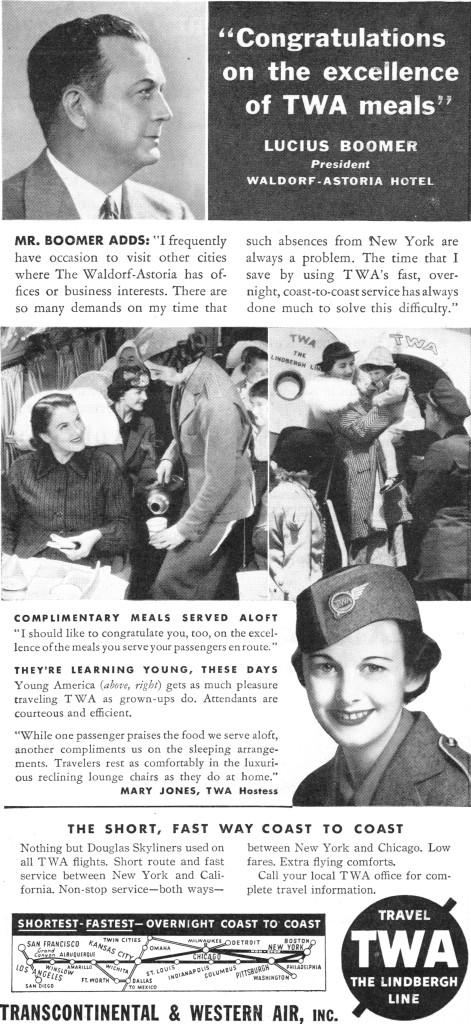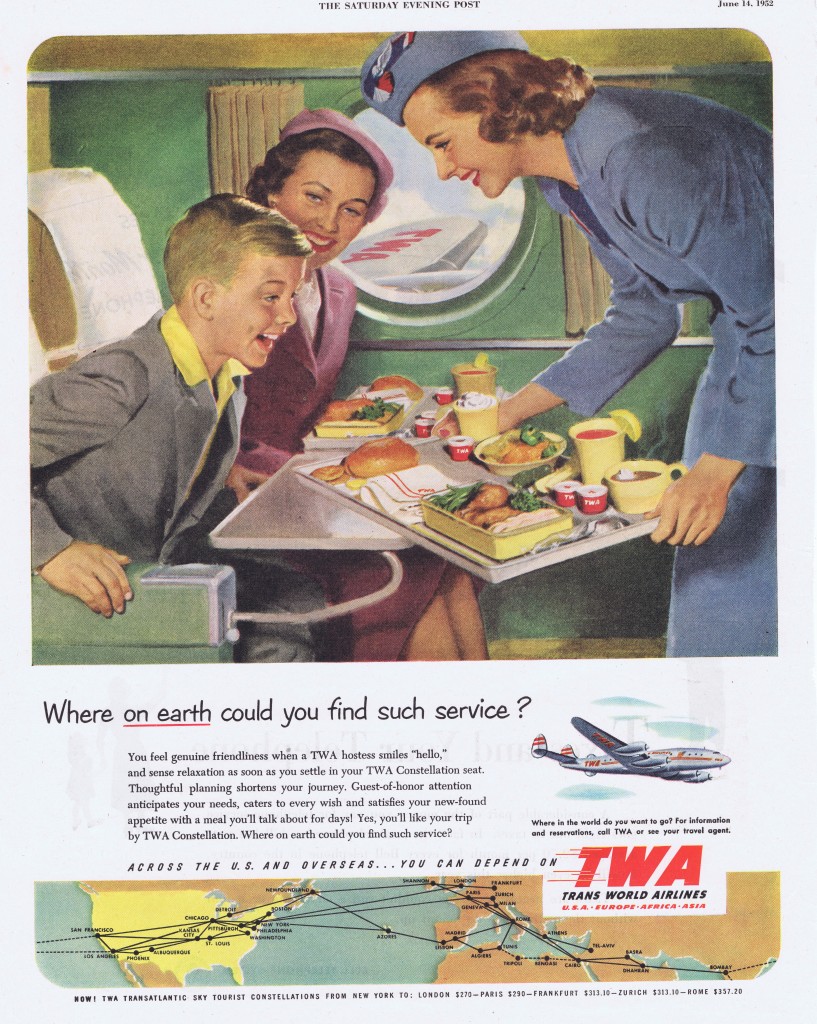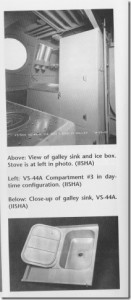Originally posted April 17, 2012
There is a lively debate about the earliest evidence for distilling. In his excellent book Uncorking The Past, Dr. Patrick McGovern makes a good case for the technology of distilling in China around two thousand years ago. There is another civilization that apparently had the same technology five hundred years earlier, though it is an open question as to how they used it. At the museum in Taxila, Pakistan, there is a complete alembic still that could have been used to extract alcohol, and it has been estimated to be 2500 years old.
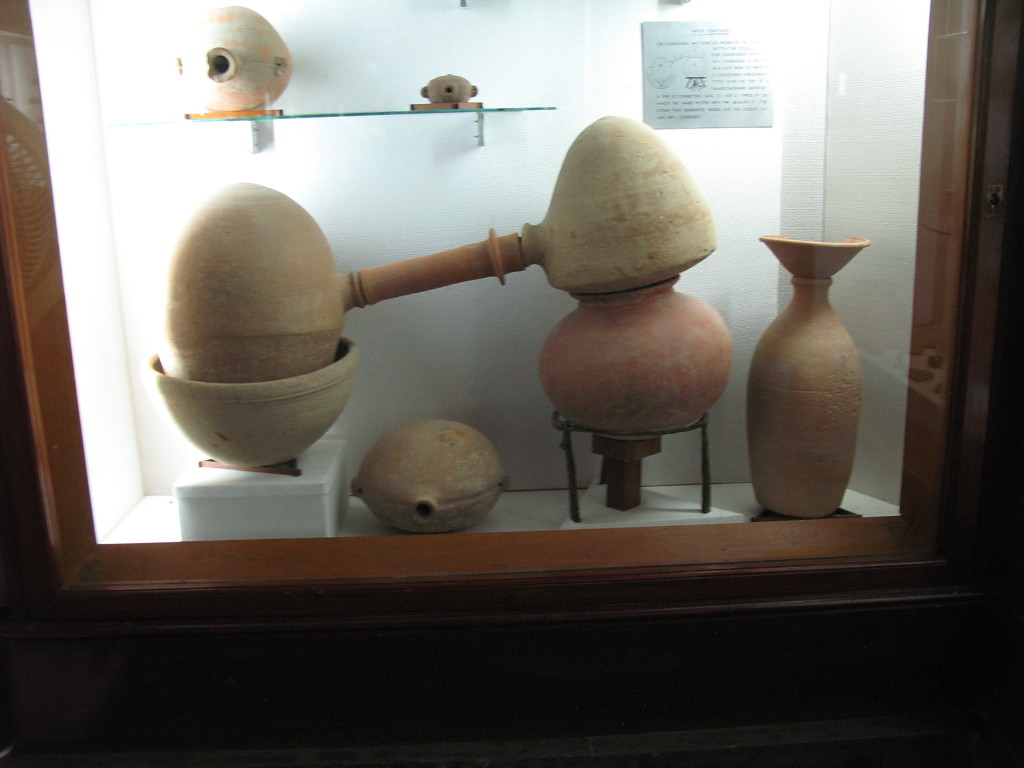
The elements of the alembic still are obvious – a pot to boil the wort, chamber to capture the steam, with a tube to another chamber where the steam will condense to a concentrated liquid. It is all made from terracotta clay, and it looks very much like distilling equipment used in Indian and Pakistani villages today. Unfortunately, without testing the inside of the boiler to see what kind of residue was left behind, it is impossible to determine whether it was used to make alcohol or to extract oil from plant materials to make perfume or medicine. The same equipment could serve either purpose. The dating of this still is also open to question, since the display in the museum states the age of everything in this case without saying how the era was determined. I have sent numerous messages to the museum, but this display is apparently not one they are eager to discuss or investigate. It seems likely that an institution managed by a strict Muslim government is not interested in conducting an experiment that could confirm that alcohol was first distilled in what is now Pakistan. Certainly the people of the Indian Subcontinent during the Vedic period knew how to make a cane sugar based beer, but did they distill it into the world’s first rum? Lacking the proof that could only be obtained by chemical testing, it can only be said that the technology of distilling, the cultivation of sugar cane, and the knowledge of the art of making alcoholic beverages existed at the same place and time. Whether the people of the Indian subcontinent put those skills together, and whether they used the result as a recreational beverage, medicine, or for some other purpose, is a question that can not be answered with certainty at the present time.

